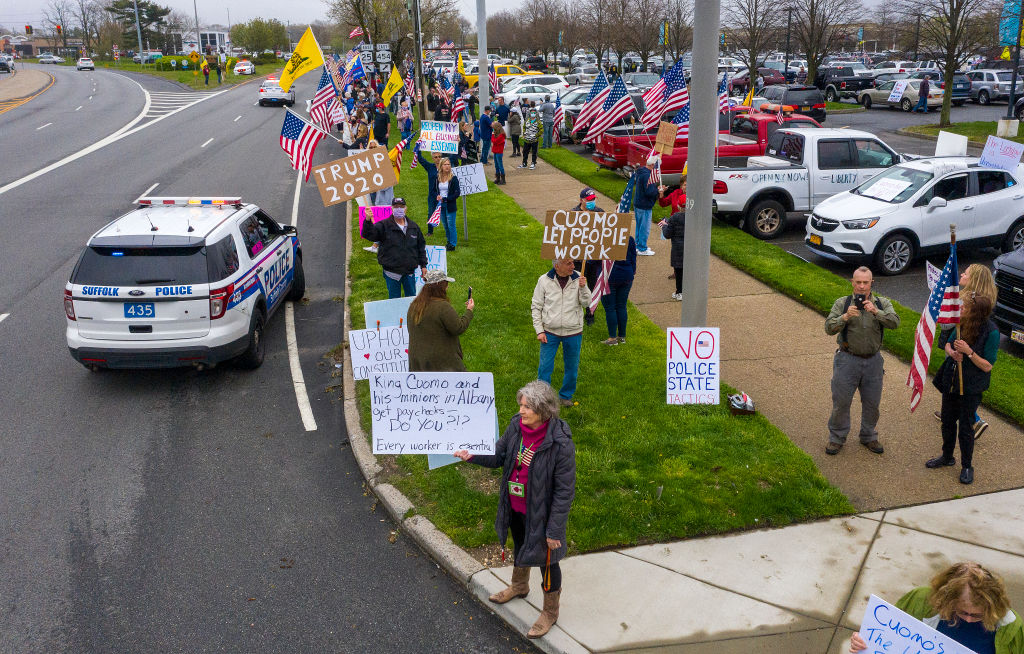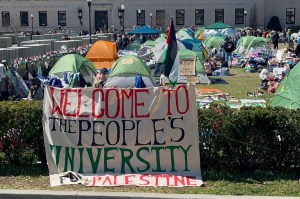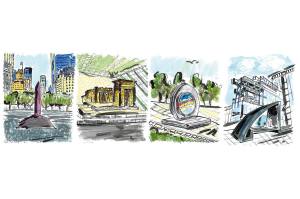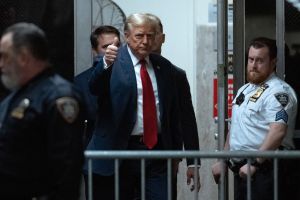The coronavirus shutdown is over by public demand. There are crowds of sunbathers in the parks of New York City and mobs on the steps of the statehouses. Pedestrian and road traffic are rising and businesses are defying orders by informally reopening. The people are speaking — the people who used to work on a hand-to-mouth economy, the people who cannot afford to stay indoors indefinitely, the people who cannot be bothered to stay in when the sun comes out.
These people are not all the people. They are not the doctors, who counsel caution. They are not the state governors, who are terrified of votes being washed away by a post-reopening second wave of casualties. They are not state employees, who can trust that their jobs will be waiting for them. They are not the service corps the digital economy, who were work-from-home losers until coronavirus made them winners. But they are numerous enough, and desperate or casual enough, to constitute a critical mass.
The people are calling the bluff of their elected leaders and unelected experts, first in the parks and on the beaches, next in the shops and offices. We are already seeing civil disobedience on a barely containable scale. It will only accelerate as the sun comes out, the debts pile up and the curve of the death rate flattens. Are the police going to arrest the reckless sunbathers of Central Park? No. Are they going to gun down the would-be surfers of Southern California. Of course not.
The United States is leaving the shutdown as it went into it: in disorder and incompetence, in partisan hypocrisy and racialized bickering. The Trump administration sets its course by not governing: its federal order expired at midnight on April 30 and has not been renewed. The President has resumed his informal campaigning with a cross-country trip to a mask factory in Arizona. The mayor of New York City is exposed yet again as an incompetent. It’s almost as if we’re already back to the old normal.
Almost, but not quite. The virus is still spreading, people are still dying and, as Germany discovered, even a managed reopening accelerates the dynamics of contagion. What we are now seeing is two approaches to risk management. The cautious and technocratic reduction of risk at scale is issuing orders, but large numbers of people, by necessity or habit, prefer to play the odds.
These approaches are the horns of America’s corona-dilemma. Every society has reacted to COVID-19 according to its principles or, if no principles were to hand, its habits. It has been America’s misfortune that its principles and habits are ill-suited to managing an epidemic. The federal system, by functioning as it should, prevented the kind of nationwide shutdown that worked in smaller countries like Austria. The real civic religion of America, business at all costs, can accept the redirection of the economy by the Defense Production Act, but it cannot tolerate the suspension of all economic activity. Yet a powerful counter-impulse — averse to risk, trusting of authority, and hence likely to seek out niches in the economy which are immune to booms and busts — prefers to shelter in place.
It is tempting to identify the risk-takers as pro-business Republicans and the risk-reducers as big-state Democrats. Perhaps this is true among the ideologically committed. I suspect, though, that the split over risk is closer to a consensus position. Americans want to do whatever they feel like doing: what else are natural rights for? They also expect to do it in safety and, in ever-increasing numbers, that the state will compensate them for the consequences of their recklessness.
The task of democratic government is to give the people what they want, good and hard, but the people are issuing contradictory orders. There is no popular mood, only moods; no public opinion, only opinions; no consistency in government, only popular inconsistencies. All of which suggests the American character, which is really the American characters, is emerging unaltered from hibernation. For this, there is no cure.


















